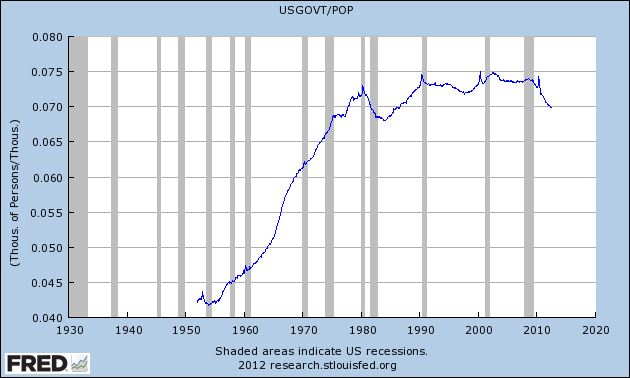Those unfamiliar with the reference of this post’s title are asked to visit here and then come on back. Don’t worry, we’ll wait.
There was a fascinating story in the NY Times on Wednesday about a phenomenal scientific breakthrough in DNA and Medicine:
Among the many mysteries of human biology is why complex diseases like diabetes, high blood pressure and psychiatric disorders are so difficult to predict and, often, to treat. An equally perplexing puzzle is why one individual gets a disease like cancer or depression, while an identical twin remains perfectly healthy.
Now scientists have discovered a vital clue to unraveling these riddles. The human genome is packed with at least four million gene switches that reside in bits of DNA that once were dismissed as “junk” but that turn out to play critical roles in controlling how cells, organs and other tissues behave. The discovery, considered a major medical and scientific breakthrough, has enormous implications for human health because many complex diseases appear to be caused by tiny changes in hundreds of gene switches. (emphasis mine)
The possibilities that could be unleashed by this discovery are explained in the third paragraph:
The findings . . . will have immediate applications for understanding how alterations in the non-gene parts of DNA contribute to human diseases, which may in turn lead to new drugs. They can also help explain how the environment can affect disease risk. In the case of identical twins, small changes in environmental exposure can slightly alter gene switches, with the result that one twin gets a disease and the other does not. (emphasis mine)
I played a little trick on you above — I excised a few words and replaced with the ellipsis — hiding exactly how this breakthrough came to pass. Here is the missing language:
“which are the fruit of an immense federal project involving 440 scientists from 32 laboratories around the world.” (emphasis mine)
More information about the ENCODE project can be found here, at the NIH, a government agency that is the driving force behind it.
It’s common knowledge in some circles that “the government can’t create jobs.” And, even if it could, it shouldn’t. But it’s episodes like this that prove that’s flat-out not the case. And it’s episodes like this that make us, from time to time, the envy of the world.
Before I go any further, let’s digress for just one moment – what’s an Invictus post without a graph? – and look at Government Employees/Population:
The number of government employees per capita is the same now as it was in the mid-1980s, and has clearly tumbled in the “big government” Obama administration.
But back to the bigger point, which is this: There are some things private industry cannot do that only government can do. These are projects that take far too long — decades — to pay off. They are too time consuming, too labor intensive, too complex and too costly, with insufficient short-term payback to make them worth private industries’ while. No CEO/CFO can hemorrhage cash year after year after year and expect to keep their jobs.
This is not a new phenomena; it goes back to the 1800s and the Federal government’s management of western rivers — something that came about at the request of private enterprise. It was an experience repeated time and again: From the Manhattan project to the interstate highway system to to NASA putting a man on the moon to mapping the Human Genome to the NOAA tracking the data of our entire planet.
Simply stated, some projects are beyond the private sector — they require a strong national government to undertake.
Consider as the most recent and powerful example the Internet. There are countless companies thriving today because of the government’s initial work on something called the ARPANET, a Department of Defense project. Some of those companies include the likes of Amazon, Google, Yahoo, and just about any other company that sustains itself on the internet. Similarly, when companies like Merck, Pfizer, Lilly and others – maybe even some maverick start-ups – build on the work that the government has done here, they will reap tens of billions in profits, create thousands of new jobs in the process and, hopefully, save millions of lives with the new drugs they develop. At some point in the future, when you, a family member or friend are administered a revolutionary life-saving drug by your doctor, remember, he didn’t build that.
So, can the government create jobs? Yes, it can.
It can do so both directly and indirectly. But the overarching point is that developments like this represent the best of who we are – putting a man on the moon, developing the internet (and subsequently having an entire industry grow up around it), doing groundbreaking research that might well pave the way to cures for diseases that have plagued mankind for millennia. And that’s in addition to building infrastructure and performing all the other mundane, routine tasks that government does.
Sadly, Will McAvoy was right. But, like the lady said, we can be.



What's been said:
Discussions found on the web: